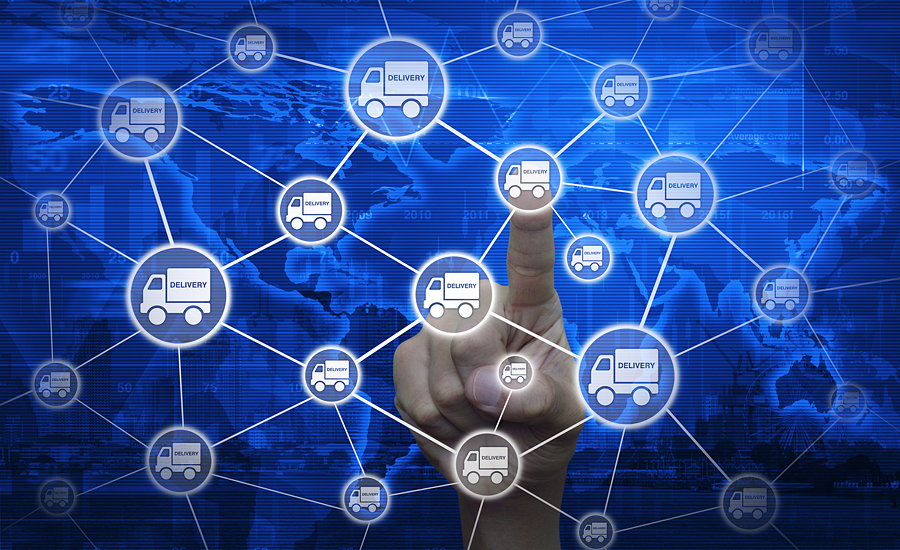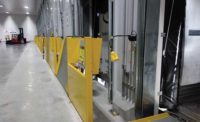DHL Supply Chain, a Westerville, Ohio-based division of Deutsche Post DHL Group, released “Rethinking Packaging,” a new trend report that offers a comprehensive look at the future of packaging in the logistics industry.
The report breaks down the trends accelerating the need to rethink packaging, how industries and their packaging needs are evolving and provides insights on how packaging innovations will shape greener and more efficient logistics operations across all sectors.
This survey shows that for nine out of 10 companies, packaging will play an important role in the next 3-5 years. Fast-tracked deliveries and an increase in subscription services result in frequent single-item shipments, contributing to more carbon emissions and packaging waste. Surveyed customers see themselves confronted with maintaining a reasonable spend on packaging, the number of shipments damaged in transit, as well as optimizing the available transport capacity.
“The trend report and our customer survey illustrate just how important easy, recyclable and robust packaging is to an overall positive customer experience,” says Matthias Heutger, senior vice president, global head of innovation and commercial development, DHL. “The acceleration of changing needs of companies, consumers and the wider environment however increase costs and reduce effectiveness. We believe that the adoption of new packaging optimization tools, materials and handling technologies will significantly boost efficiency and productivity. That in turn, will drive changes in the operation of supply chains and logistics processes.”
Implications for the logistics industry
The logistics industry will play a key role in reducing the cost, inconvenience and environmental impact of packaging. It must adopt new technologies, materials and processes across the value chain.
Packaging optimization
Shipments that are not completely filled up are a major cause of product damage and detriment to cost and sustainability measures. Therefore, companies are introducing software that calculates the best possible ratio of items, cartons and pallets and then communicates the results directly to pickers.
Packaging automation
Automated unloading processes, end-of-line packing and labeling systems and collaborative robots to relieve the burden of seasonal packaging and hiring needs will enable companies to balance the growing e-commerce market with an aging workforce.
Sustainable packaging material
A majority of respondents said that the introduction of sustainable packaging materials is their No. 1 near-future packaging priority. Research into green alternatives to plastic shrink wrap and single-use plastic envelopes, as well as sustainable groceries’ packaging is ramping up while at the same time, balancing cost and customer convenience is proving challenging for retailers.
Reusable packaging and reverse logistics
The adoption of reusable materials and closed-loop recycling programs to eliminate waste has increased, however some challenges remain. Industries considering building an economically viable reusable packaging system need to think about required size of the packaging material pool, the design of systems for cleaning, inspecting and maintaining containers and the cost, speed and ease of use of reverse logistics processes.
Smart packaging
Smart packaging technologies such as smart labels or tags and last-mile product protection measures strengthen the connection between the customer, the supply chain and the package via real-time updates on its condition and location.


